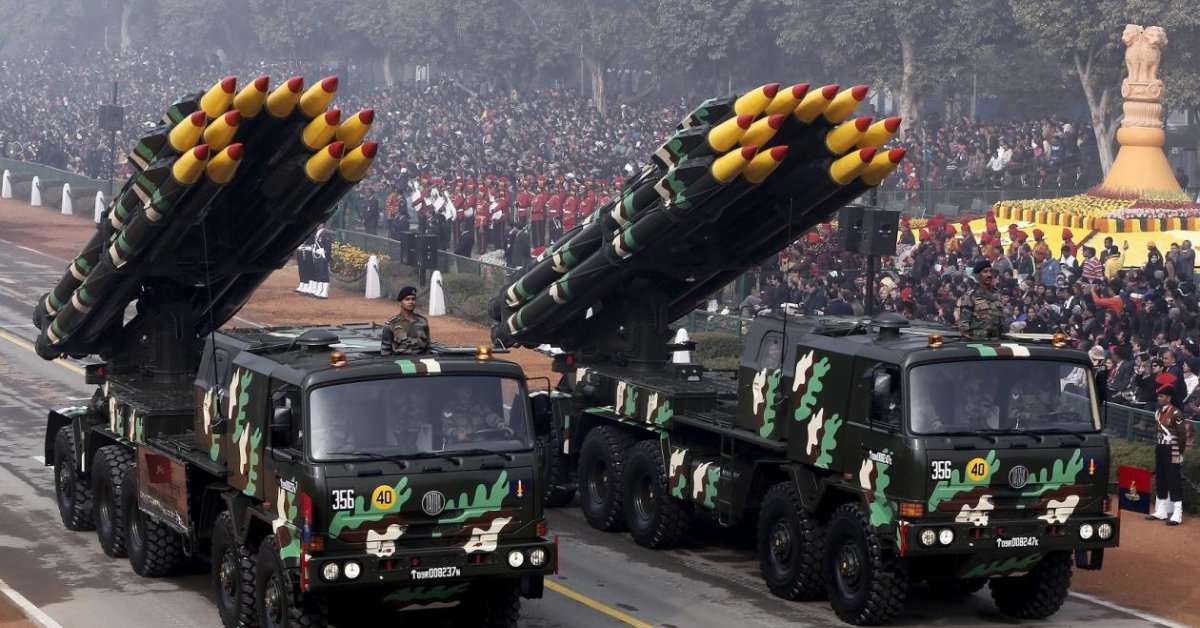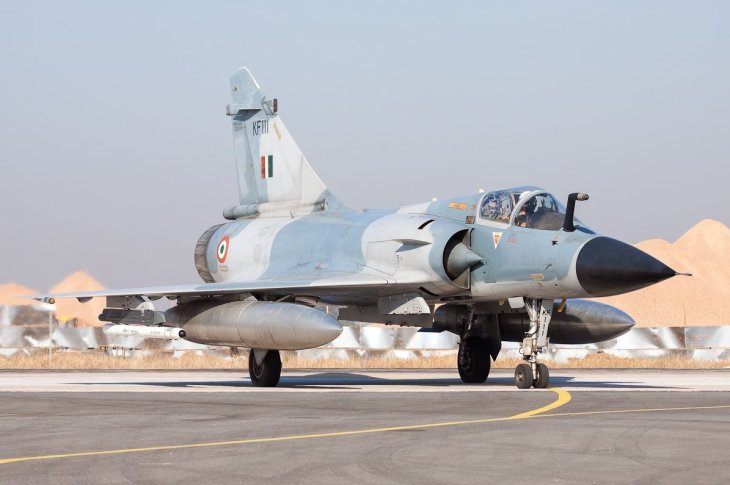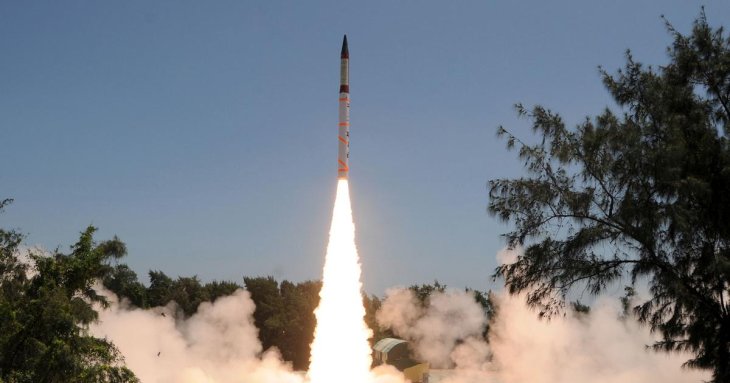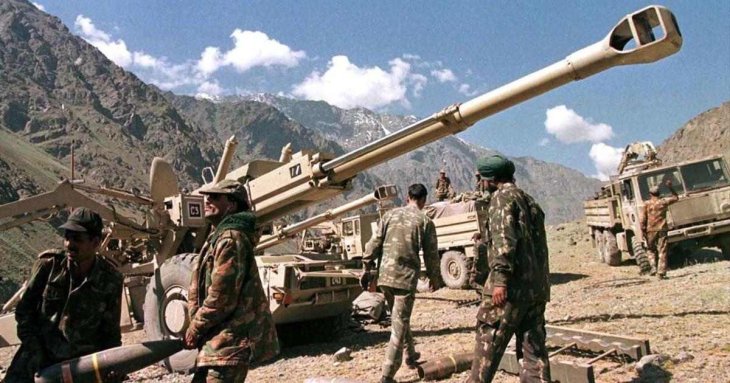India To Continue Modernizing Its Nuclear Arsenal
Aadhya Khatri - Aug 27, 2019

it is estimated that India has made enough military plutonium to fill 150 to 200 nuclear warheads. However, it is likely that it will produce 140 only
- Delhi Is The World’s Most Polluted Capital City For Three Years In A Row
- Indian Farmers Install High-Tech, Night-Vision CCTV Cameras To Protect Themselves
- Looking For The Best Electric Bike In India 2021? Take A Look At These
So far, India has around 130 to 140 warheads, and the number is on the rise, as stated by a new report.
According to Matt Korda and Hans Kristensen at the Federation of American Scientists, it is estimated that the country has made enough military plutonium to fill 150 to 200 nuclear warheads. However, it is highly likely that India will produce a maximum of 140. More plutonium is required to make missile warheads, which are now being developed. India is reportedly setting up more facilities for producing plutonium.
In addition to increasing their plutonium capacity, India is also modernizing the country’s nuclear arsenal. At the moment, five new weapon systems are being developed to aid or take the place of the current nuclear-powered aircraft, sea-based systems, and land-based delivery system.
While Russia and the US have switched to missile-centric nuclear forces, India still depends on bombers, which is easy to understand as the country deployed its first nuclear ballistic missile 16 years ago. According to Korda and Kristensen, India has three to four Cold War-vintage’s nuclear strike squadrons, Jaguar IS/IB aircraft, Mirage 2000H, aiming at China and Pakistan.

India is purchasing thirty-six nuclear weapon-carried French Rafale fighters. The nuclear missile force of India has been around for just 15 years, but its number of land-based ballistic missiles has already been four, consisting of Agni-III (intermediate-range), Agni-II (medium-range), Agni-I, and Prithvi-II, both are of short-range variety.
The report stated that the country was developing the Agni-IV and Agni-V, the two long-range Agni missiles. For now, it remains unclear which of these types will receive further development in the future and have a place in the country’s arsenal. Some of the unchosen ones may be converted to technology development programs to create missiles with a longer range.

The Indian government has announced nothing on the expected size of the land-based missile force. The report projected that the military might discontinue redundant missiles and short-range ones. With only long and medium-range missiles, India will have a large mix of options for striking targets of different distance.
The country is also making Nirbhay, a Tomahawk-like ground-launched cruise missile, and sea-based Dhanush, a short-range ballistic missile which can be deployed from patrol vessels that are specially configured for the job.
Three to four nuclear-powered ballistic missile submarines are also under development. They will come equipped with either a large missile with a range of 2,000 miles or a short-range one.
This program of the Indian government is thought to be ambitious as they have the plan to deploy a missile force with a great deal of variety. Such a system has always been costly to maintain and challenging to use.
The missing piece now is the control and command system to ensure that these weapons of mass destruction are activated only when they are needed.
India’s main focus has long been Pakistan but now, the modernization effort, and the fact that it has missiles targeted China may suggest that the country is preparing for the future strategic relationship with the East Asian country.

The 2017 Doklam standoff, referring to the dispute when China constructed a road in Docklam that both China and Bhutan claim, might have reinforced this posture. This move may result in the deployment of new capabilities in the future, which might have an influence on how the country regard nuclear weapons’ roles in relation to Pakistan.
Featured Stories

Features - Jul 01, 2025
What Are The Fastest Passenger Vehicles Ever Created?

Features - Jun 25, 2025
Japan Hydrogen Breakthrough: Scientists Crack the Clean Energy Code with...

ICT News - Jun 25, 2025
AI Intimidation Tactics: CEOs Turn Flawed Technology Into Employee Fear Machine

Review - Jun 25, 2025
Windows 11 Problems: Is Microsoft's "Best" OS Actually Getting Worse?

Features - Jun 22, 2025
Telegram Founder Pavel Durov Plans to Split $14 Billion Fortune Among 106 Children

ICT News - Jun 22, 2025
Neuralink Telepathy Chip Enables Quadriplegic Rob Greiner to Control Games with...

Features - Jun 21, 2025
This Over $100 Bottle Has Nothing But Fresh Air Inside

Features - Jun 18, 2025
Best Mobile VPN Apps for Gaming 2025: Complete Guide

Features - Jun 18, 2025
A Math Formula Tells Us How Long Everything Will Live

Features - Jun 16, 2025

Comments
Sort by Newest | Popular